Textiles become prints and prints become textiles Line & wirea new exhibition at the New York Public Library’s Stephen A. Schwarzman Building. Across parallel walls and in vitrines, a selection of historical pieces and artworks by modern and contemporary artists come together to reveal the free-flowing cross-pollination between the two forms.
The overlaps between these ways of making have deep roots, both in an etymological and horticultural sense. Cotton, harvested and spun into thread to make cloth or pounded into pulp to make paper, has long been an important plant for printing and textile production. And as a wall label explains, the words ‘text’ and ‘textile’ both come from the Latin word texere, which means ‘to weave’.
It is a delight to discover the interconnected thematic threads between the artworks in the exhibition, which line the corridor gallery on the third floor of the Rayner Special Collections wing. On one side of the periwinkle-painted hall, a neat assortment of period pieces in a largely sepia palette showcase early examples of the mixing of printing and textile art, such as embroidered books and etchings with appliqued silk.
Wander the rest of the space and you’ll see hit after hit in an eclectic selection of more recent works of art: an artist’s book by Faith Ringgold (“Seven Passages to a Flight,” 1995); a dress by designer Graham Baldwin printed with archive images from the nearby library Pforzheimer Collection; folios from a collection by Sonia Delaunay (c. 1925); prints by Kiki Smith, Sanford Biggers and Anni Albers, among others. Groupings include hand-stitched art prints, prints as textiles (and textiles as prints), artist books, and meditations on clothing and recovery. Together the works converse in texture and technique, thread and ink.

The visual languages of collage and quilt emerge in several works. In Gee’s Bend quilter Loretta Pettway’s etching-and-aquatint piece “Remember Me” (2006), created in collaboration with Paulson Fontaine Press in San Francisco, beautiful jewel tones saturate the paper. An abstract arrangement of rectangles meanders across the page: a quilt rendered in print, home textiles turned into an art object. In “Arrival” (2023), a collection of vibrant, fabric-like patterns printed on Japanese paper with a Risograph machine and sewn with zigzag stitches and dangling threads, artist Jacquelyn Strycker happily plays with perception. Playing off the amorphous properties of paper and fabric and merging the results of a sewing machine and a retro office device, her artwork could be seen as a quilt itself, a print of a quilt or a collage – something not easily hemmed is. into a single domain.
A groundbreaking spirit bubbles at the cauldron heart of the show. In the hallowed halls of this historic research library, known for housing extensive archives and books (and both quintessential examples of textiles and print united, across printed pages, covers and collections) this show feels right at home. Both embracing tradition and letting go of its boundaries, Line & wire invites imagination and experimentation, offering a glimpse into what happens when ideas, materials and creative processes come together and re-assemble, when lines meander and threads tangle in unexpected ways.

Line and thread: prints and textiles from the 17th century to the present continues at the New York Public Library’s Stephen A. Schwarzman Building in the Rayner Special Collections Wing (Fifth Avenue and 42nd Street, Manhattan) through January 12, 2025. Madeleine Viljoen curated the exhibition.


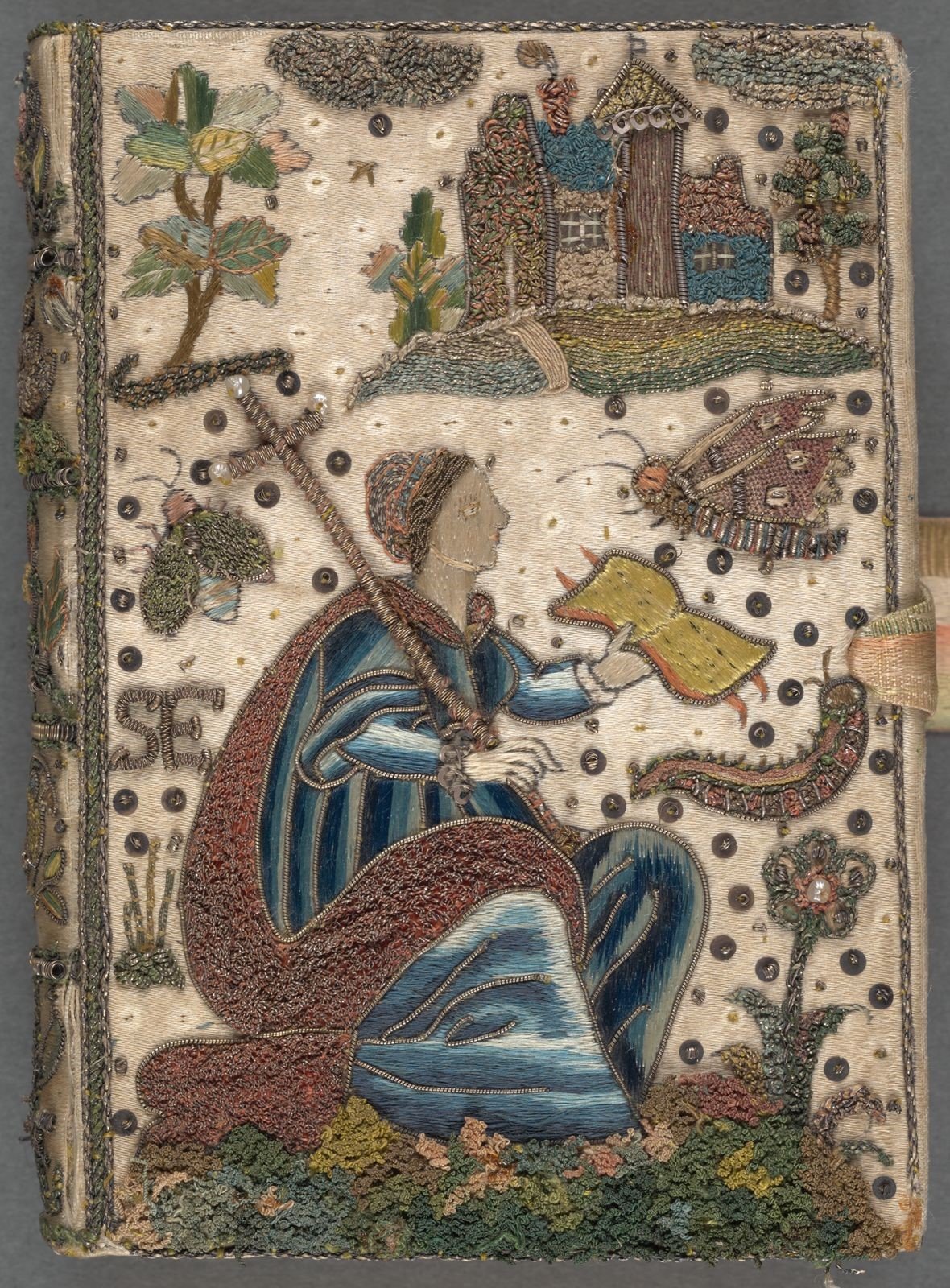

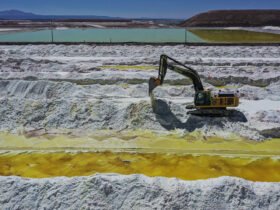


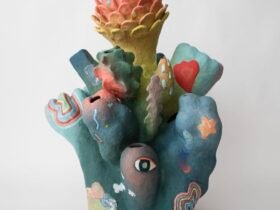
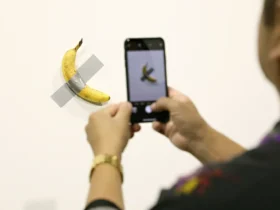
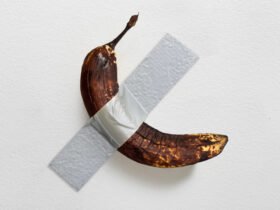


Leave a Reply